At the same time the year before last, our province used power to sound red alarm. 1815 industrial and commercial enterprises in Wuhan were listed on the power restriction list, and even Wuhan Iron and Steel Group received an orderly power report.
Last year, electricity shortages occurred in many provinces throughout the country. In the list of power shortages, there are not only regular customers such as Zhejiang and Guangdong, but also provinces such as Hunan, Jiangxi, Henan, Guizhou and Anhui.
According to information from the provincial power company, in 2011, the province’s electricity supply was sufficient, and it was the first time since 1999 that there was no power cut.
How does it not become the norm?
Why Xiao Hongjiang, chairman of the Energyless Waste Energy Group this year, introduced that since the beginning of last year, our province has not cut power, mainly relying on two: First, people work hard, due to the efforts of the provincial leaders and various departments, the province's current coal reserves 400 Many tons, a record high, thermal power plant "eat full"; second day of help, last year our province did not appear extreme weather.
Yi Wangqing said that in order to alleviate the shortage of electricity in the south, in 2010, the state invested to build an ultra-high voltage of 3 million kVA from Jinzhong, Shanxi, to Jingmen, Hubei. This "coal running from the air and sending electricity to all of China" runs for one year, accumulating 23.1 billion kWh of electricity for the province. In November last year, our province added a 3 million kVA transformer in Jingmen, and the total UHV transmission capacity reached 6 million kVA. This large UHV transmission channel is equivalent to the addition of six million kilowatt-class thermal power plants in our province.
How to prepare for a rainy day Our province's GDP in 2012 exceeds 2 trillion yuan, and it is expected that social power consumption will increase by 10.5%. How to take precautions to protect electricity?
Yi Wangqing believes that the main way for power protection in our province is to speed up the construction of cross-regional power grids and transfer the abundant power from coal-fired, hydropower, and wind power bases in the western region to our province, and rely solely on coal transportation to transfer power to coal transmission.
Xiao Hongjiang believes that power protection must rely on the purchase of electricity and power generation "two legs" to walk. Buying electricity from Other provinces has the advantage of being clean and keeping blue sky and white clouds. The ills are unstable and take the initiative in others. He believes that the main way to protect electricity is to build large power plants, especially nuclear power.
In order to protect electricity, it is necessary to keep the coal from electricity shortage. Hubei does not produce coal, coal traffic can be smooth to ease the burning of "coal" urgency.
In recent years, Hubei needs to transfer 70 million tons of coal from other provinces each year, and the railway transportation plan is only about 30 million tons. Nowadays, the passenger traffic of railways keeps increasing and the transportation of coal is getting tighter.
Since last year, our province has used "Haijinjiang" to transport coal. The coal was transported from Shanxi to Qinhuangdao through the Daqin Line, transited to Jiangsu by Huanghai Shipping and sailed to Jiangsu, transshipped to ports along the Yangtze River, and then transported to major thermal power plants in the province. Coal transported more than 1 million tons in the year.
Xiao Hongjiang believes that "Haijinjiang" is a supplementary passage. Coal transport in our province depends mainly on the railway.
At present, the country is planning a heavy coal-laden railway to transport coal from Shaanxi, Shanxi, and Inner Mongolia to Fuyang and Jingzhou in Hubei, and then to the three provinces of Hunan, Hubei, and Guizhou through the general railway and the Yangtze and Hanjiang waterways.
Xiao Hongjiang suggested that our province should seize this opportunity to establish a coal distribution center with a transportation capacity of 10 million tons along the railway and plan road junction power plants in Fuyang and Jingzhou. At the same time, a coal mine reserve base was set up along the river and “grass and grass†were stored.
Taihang Jiaxin lead-acid battery charging system is suitable for maintenance and non-maintenance operations. The primary function of the charging system is to provide continuous load while charging the battery without supervision. It is suitable for high reliability emergency backup power systems. Controlled by solid state thyristors with electronic sensing and monitoring. The charging characteristic is a constant potential with a current limit. The primary function of the charging system is to provide continuous load while charging the battery without supervision. The charger rectifier circuit provides 100% of the rated current, while the float/boost charges a group of lead acid batteries.
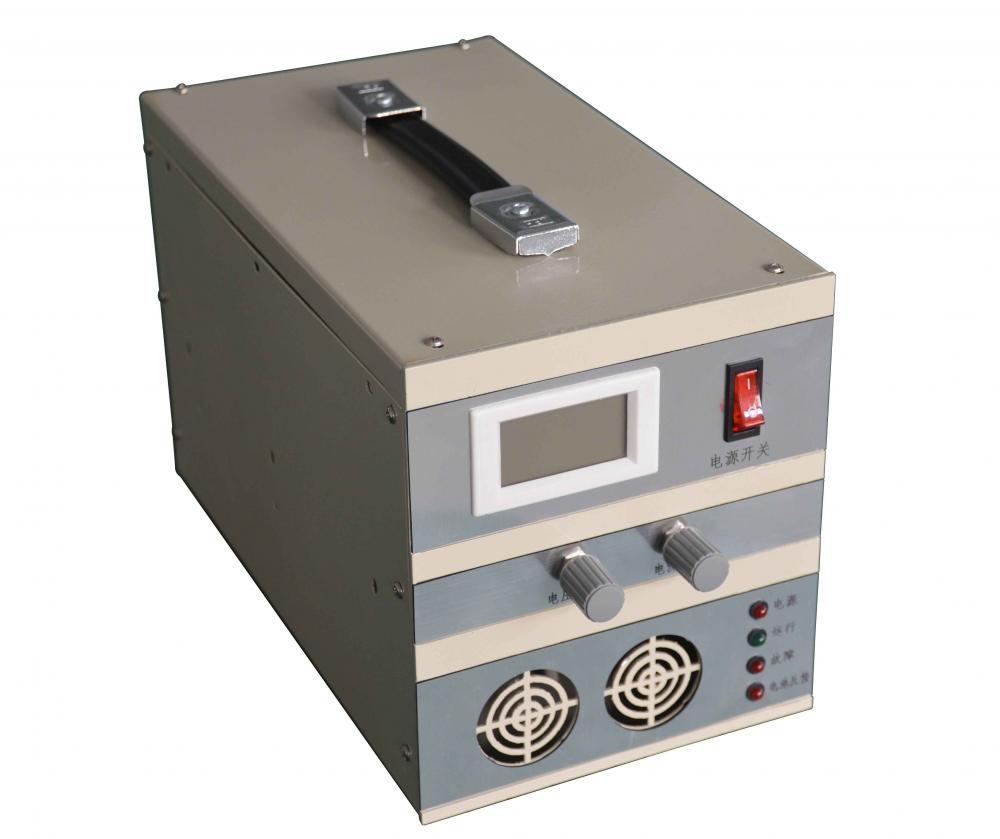

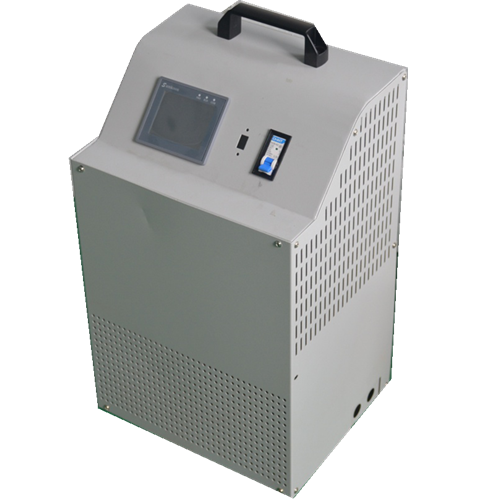
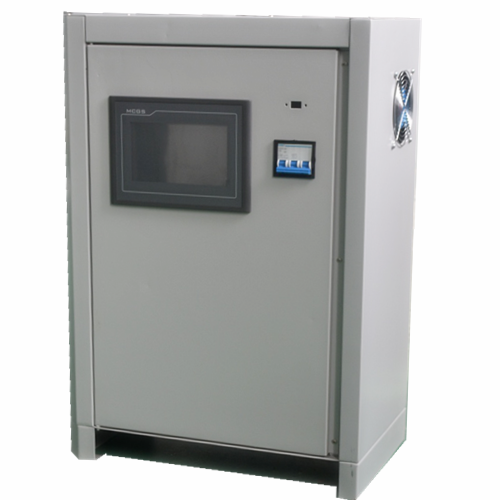
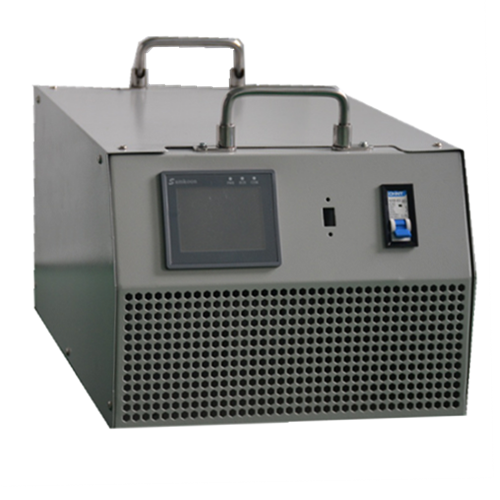
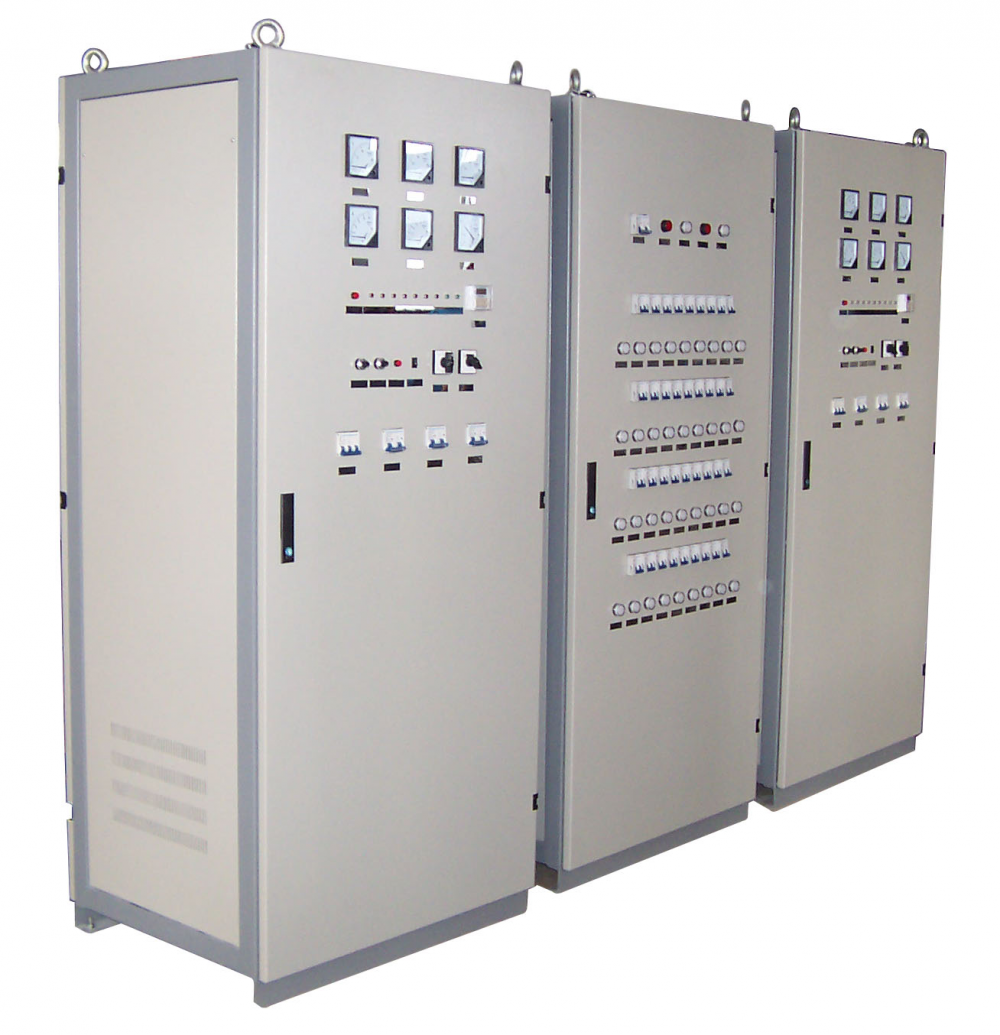
Lead Acid Battery Charger,Automatic Battery Charger,Intelligent Rapid Charger,12V Lead Acid Battery Charger
Xinxiang Taihang Jiaxin Electric Tech Co., Ltd , https://www.agvchargers.com
![<?echo $_SERVER['SERVER_NAME'];?>](/template/twentyseventeen/skin/images/header.jpg)